As can be seen, the Cylob cryptogram mainly consists of a sequence of rectangles containing geometrical patterns. The booklet doesn’t contain any letters or numbers. A partial transcription of the Cylob cryptogram is available here.
During the last two years, many people have sent me comments and suggestions about the Cylob cryptogram. Some say it might belong to a board game, others noted that similar geometrical sequences are used in intelligence tests. Still others suggested that this booklet was used for a challenge response copy protection mechanism in an early computer program. However, I find none of these explanations really convincing.
So far, I haven’t heard from anybody who has concrete knowledge about this cryptogram. Although Cylob reported that there was a whole pile of booklets, I am not aware of another copy of it.
After nobody has come up with a real clue for several years, my favorite hypothesis is that the Cylob cryptogram is simply a piece of modern art without a real purpose. If you have a better explanation, I would be interested to learn.
Follow @KlausSchmeh
Further reading: An extraordinary encrypted book: George Orwell’s “1984” enciphered in color
Linkedin: https://www.linkedin.com/groups/13501820
Facebook: https://www.facebook.com/groups/763282653806483/

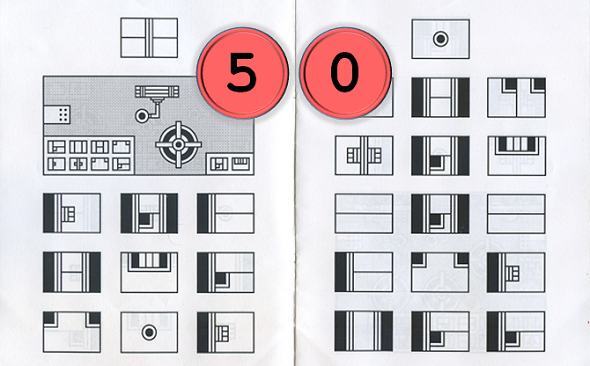
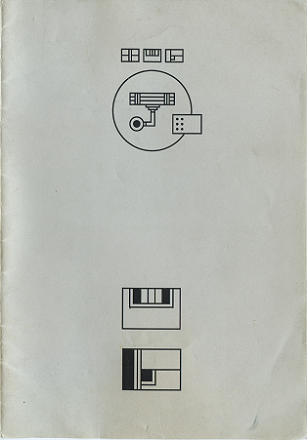
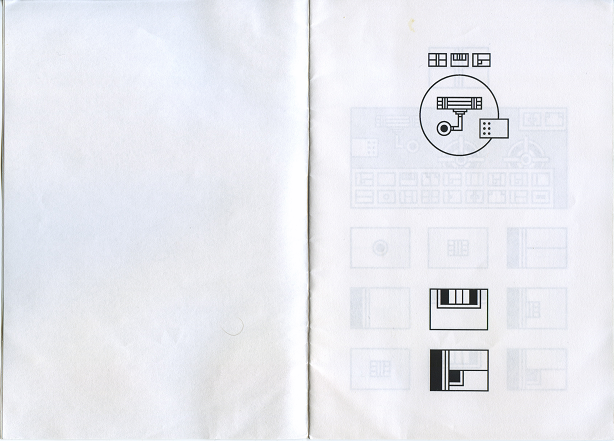
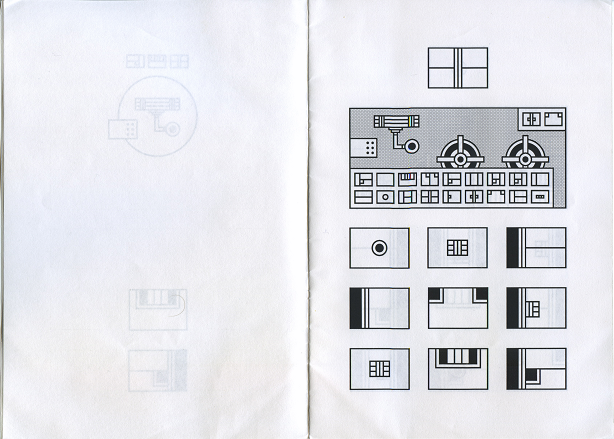
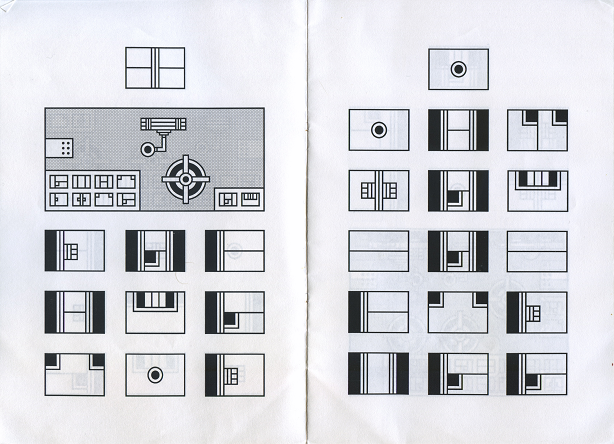
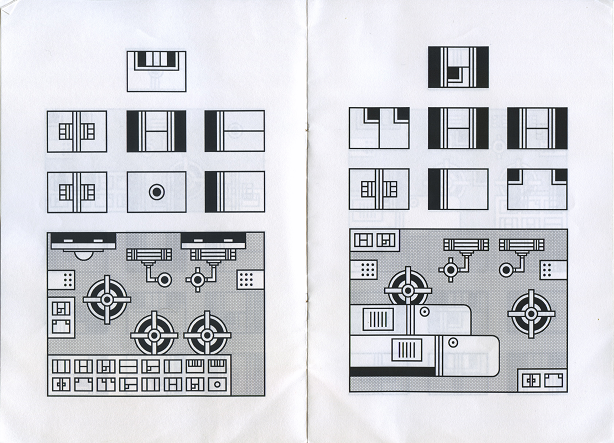
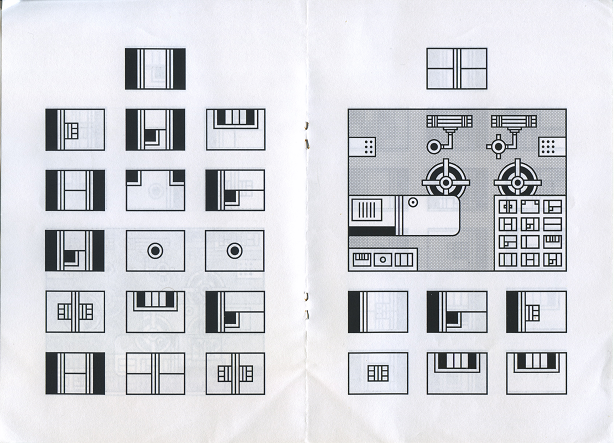
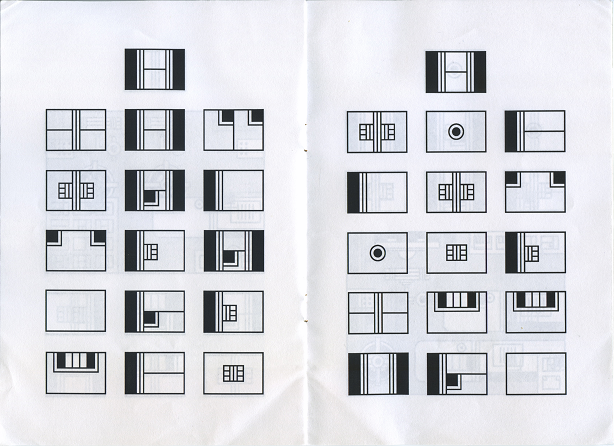
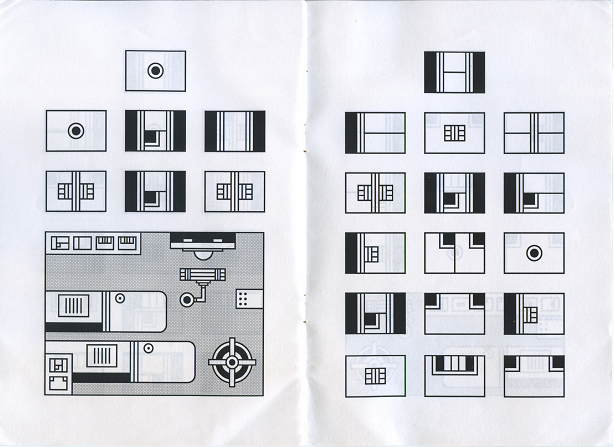
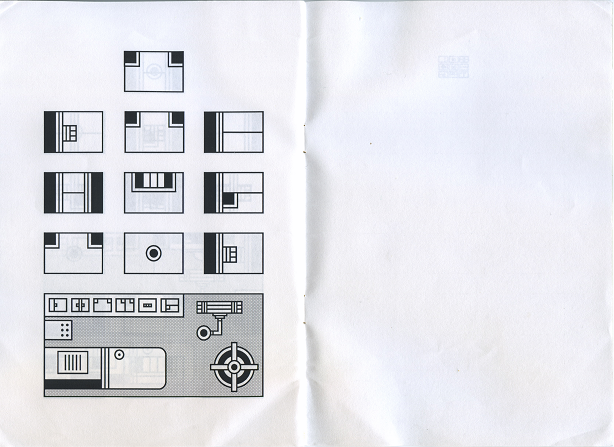
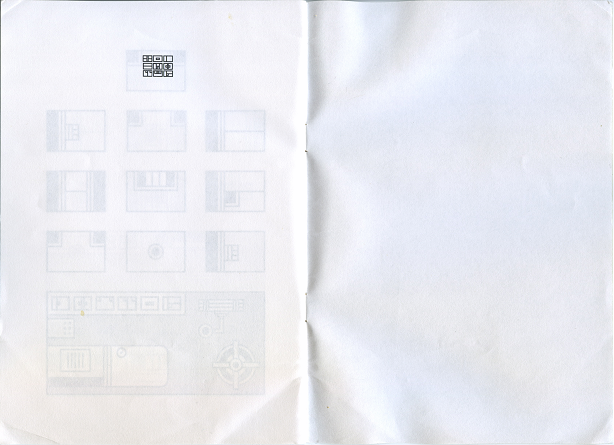
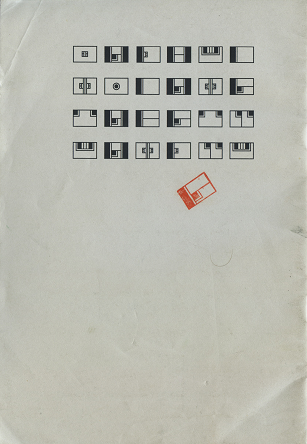

Kommentare (7)